Lisa Min and Annie Malcolm
Pink, gray, cerulean
Our starting point is the work of rupture and how to understand the rupture that marks the end of state socialism. But rupture, perhaps, is not a thing to be understood, but more a thing to be felt, in rumblings, repetitions, dilations, and reverberations. Because rupture, of course, is not an event with a discrete beginning and end that can be ceremoniously affixed to the temporality of “post.” So when we say “postsocialist” encyclopedia, we are thinking alongside a certain framework of socialist rupture, feeling the shock of its debris, falling its fall and writing through the sensuous experience of that encounter, as in a dream.
Broken bridges, ice-cream selfies, porcelain teacups
In China the state sees its work as filling in the gap between its problematic socialist past and its imagined future but covers over their uncanny resemblance. Likewise, in north Korea, we encounter the sanctity of Korean socialism. In both sites, we take seriously the revolution, the awesomeness of the Leader, and the emotional attachments to their timelessness by recuperating, in ruptures, their links to socialisms past. As we grapple with the aesthetics and experience of socialism as they manifest in China and north Korea, we turn to the encyclopedia in a reimagined form, as a disarticulated list, a collection assembled against the grain, a grasping toward the recurring dream of socialism, its landscapes and cosmologies, its layers, paradoxes, and collisions.
Home, house, exile
There is an impossible dimension to rupture, its structure akin to a dream in the realm of the image where the logic of time and space are scrambled and where there is no before or after, only detours and returns. In Dreamworld and Catastrophe Susan Buck-Morss, like Walter Benjamin before her, performs this work, sifting through fragments, rescuing images, recovering the residues that speak to the hope and ruin of industrial modernity both east and west. Katherine Verdery describes rupture as a radical reconfiguration of a world, a cosmic loss of the socialist universe of meaning (2000). How, then, to reconfigure, to make sense of everyday coordinates such as work, money, friendship, time? How to think rupture not just as break but also continuity?
Mineral water, rice, newspaper glued to the wall
The editors of the volume Afterlives of Chinese Communism take up these lingering questions, tracing the energies and futures past of the Chinese communist project to reencounter Maoist sociality, communist thought, revolutionary consciousness—the socialist world, another political reality.
They say:
“How China’s revolutionary century is viewed depends to a large degree on one’s mode of relation to it: does one look back on it with nostalgia, horror, or ambivalence? Does one turn to it out of political fidelity, historical curiosity, or morbid fascination? To approach the Chinese Revolution is to stand in relation to it, and to feel something toward it.”
Goldleaf, mosaic, concrete
In the Future of Nostalgia, Svetlana Boym describes the nostalgic as a figure with an uncanny attunement to the senses, set forth by the experience of monumental loss and infinite longing (2001). A nostalgic relation is thus a relation to impossibility, and it is here that nostalgia may be understood as a condition of knowledge, to feel in such a way that every sensuous moment contains an accumulation of sediment and debris from a time and place outside of itself, beyond the individual, towards the collective, the political, the historical. It is in this sense that Boym considers nostalgia a “historical emotion.”
The smell of grass, tin, dusty white paint
We turn to writing to enact a mode of relation, to incite feeling, to recover something of the socialist world. We write with the recognition that conjuring and reinhabiting another political reality requires a punctum-like shift, and so we turn to experiments in writing to get at another language, forms of expression that can embody, however tenuous and kaleidoscopic, the affect, aesthetics, and nostalgic distance of that world. Drawing on Kathleen Stewart and Lauren Berlant’s work on affect and the ordinary (2007, 2019), we follow the sultry resin of socialism’s demise, asking where it accumulates, how it persists, looking to colors, scenes, and scents to feel out the worlds constructed by the distributed sensible of the “post” (Rancière 2004).
Plastic buckets, red, big-character
We begin to assemble “objects” at a limit, echoing Borges’s Chinese Encyclopedia that opens The Order of Things (Foucault 1994). Our encyclopedia presents a compendium of feeling that becomes a site of encounter, something between and within the ruptures and continuities of the befores and afters of socialism.
Canvas, bicycles, cafeteria steel
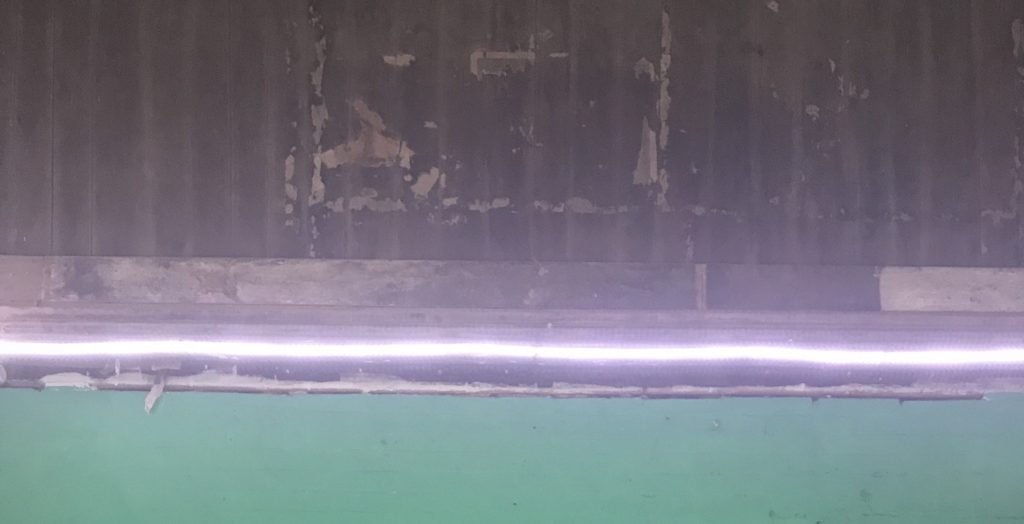
Broken
From the side of lights we look to the fleeting side of grays. But since when did gray come to symbolize the defunct past of a bygone era? Is this the crumbling dream of socialist industry? Is the dream of 5-year plans, the dream of concrete infrastructures, the dream of accomplishing the impossible now in tatters? Has the glimmer turned dull or is it now a different dream? How to locate factory gray, cement gray, kommunalka gray, khrushevka gray, the gray of industrial modernity and glorious labor, the gray with a cerulean sheen? These are the questions that come to mind from a broken bridge that no longer connects the Chinese city of Dandong with the north Korean city of Sinuiju. There are other working bridges, but the colors of communism can only be seen from the broken one.
This is a curious border. It turns looking into a pilgrimage, a family activity, a stage, a romantic stroll along the promenade. Chinese tourists are dressing up in north Korean 치마저고리, taking ice-cream selfies, drinking north Korean beer, and buying socialist tchotchkes from across the Yalu River. Anthropologists are peering through binoculars to see what they can see. And journalists are here to write the truth about it all. The thing is, there is not much to see at this border. You can’t see answers to anything. It’s because what is most compelling is not what you can see, but the nature of that which appears so defunct and grayed. In looking into north Korea from China, looking from one socialism to another, what is it that tempers this molten gray? There are still flecks of red swirling around the inside.
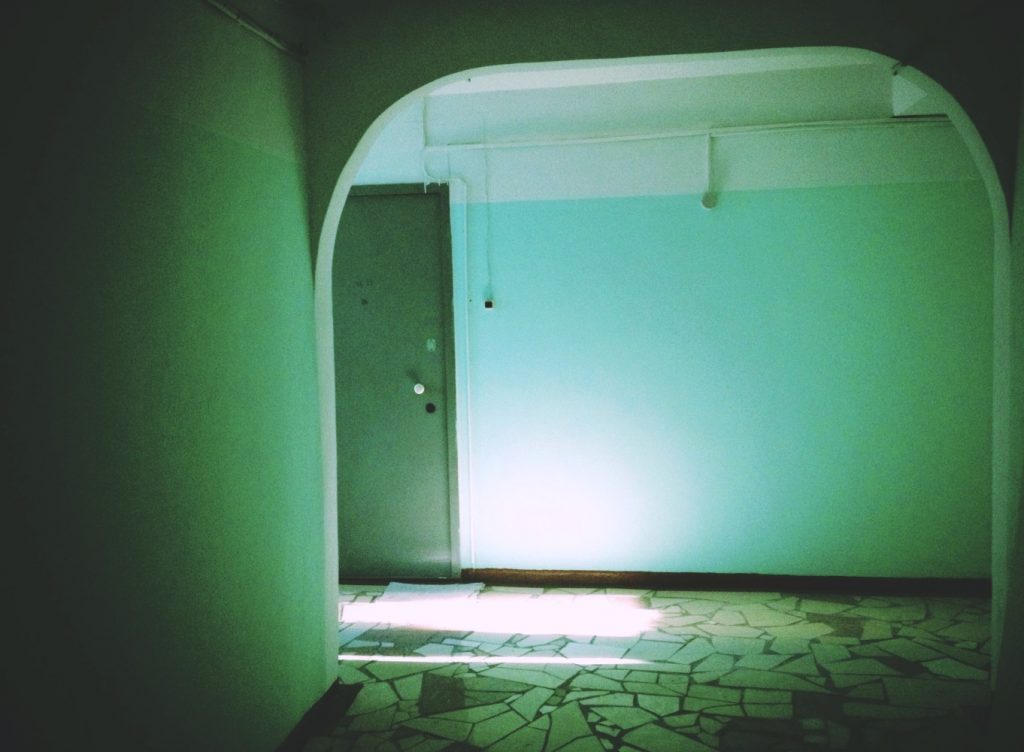
Museum
Sometimes stories cover up the things the CCP did during the Mao years until there’s something like nothing–maybe a trash covered street, a chipped tea cup, a wandering painter. But still, as everywhere, the remnants of socialism and the manic grip of global capitalism persist, coexist.
In Shenzhen, certainly a dreamworld, a place full of capitalist promise (and less communist trace) there is an art village two hours north of the city center called Niuhu.
One artist takes up the space of a clock tower and turns it into an iron museum, exhibiting hundreds of irons from disparate historical times before 1949. The tower is very narrow and requires climbing small trembling wooden staircases through its four stories. There is an image that accompanies one of the irons showing a man and his many wives, and then a small figure, who the artist calls the man’s “little boy slut.” Homosexuality was popular back then, he explains to me.
So here, a reclaimed pre-Mao building for accumulating objects of a pre-Mao past. In some ways it’s very easy to know what’s in the past when you skip over communism because that period offers a break in time. The past is there, the present here, but what lies in between? Even the precious museum could not keep that between out.
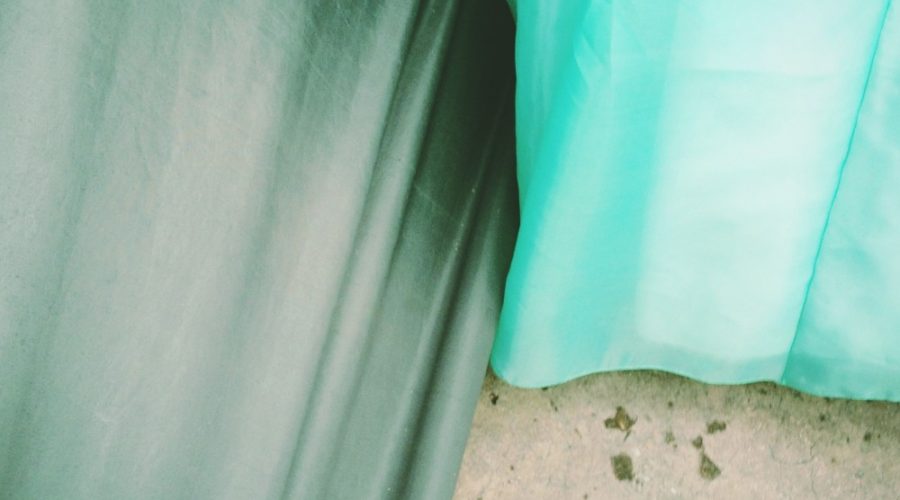
Mountain and Sea
Before you see anything, you hear the Leader first. The presence comes before the vision. This is because the Great Leader is everywhere. He is in the trees and in the water. He is the mountain and he is the sea. This is the mythical, sacred temporality of an always and forever.
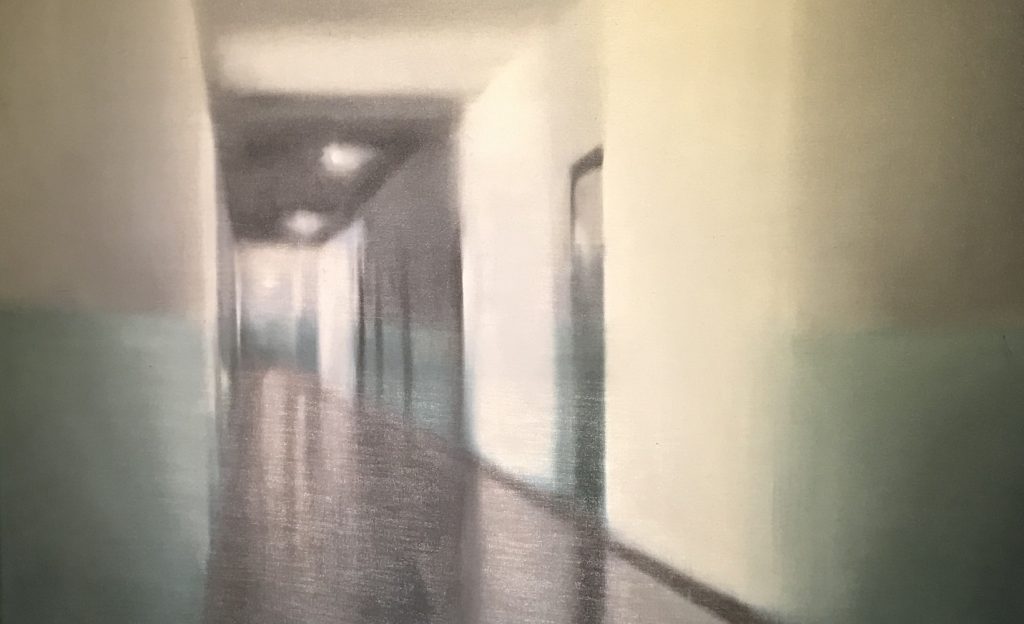
What is green?
We come upon a painting that looks like an overexposed photograph. There’s white above and cerulean brush strokes beneath. The artist says that in the past there were many environments like this in China. He was born in the 1950s. “When I was little there were soooo many places this color. Hospitals’ inside. Schools’ inside. Government offices’ inside. Everything was this color… but not anymore.”
“This color… in English it’s called cerulean. What is the name of this green?” I ask.
“军绿,” army green, he says.
It seems odd to me that on the outside the color of communism is red but the intimate sensory experience of it is this muted, putrid, weak, nauseating, wilted seafoam “army green.”
The artist related the ubiquity of the color with the directive towards sameness. “So everyone’s behavior, developments, everyone, is the same. It’s cruel. It’s violence (“冷暴力,” cold violence). It’s not like America. In America you can like this or this. Not China.”
Even in the space of a quaint visit to a past in which irons were tiny because people were more delicate “back then,” and where gay men were part of the court order, we reflect on the socialist period, falling into the crevasse between.
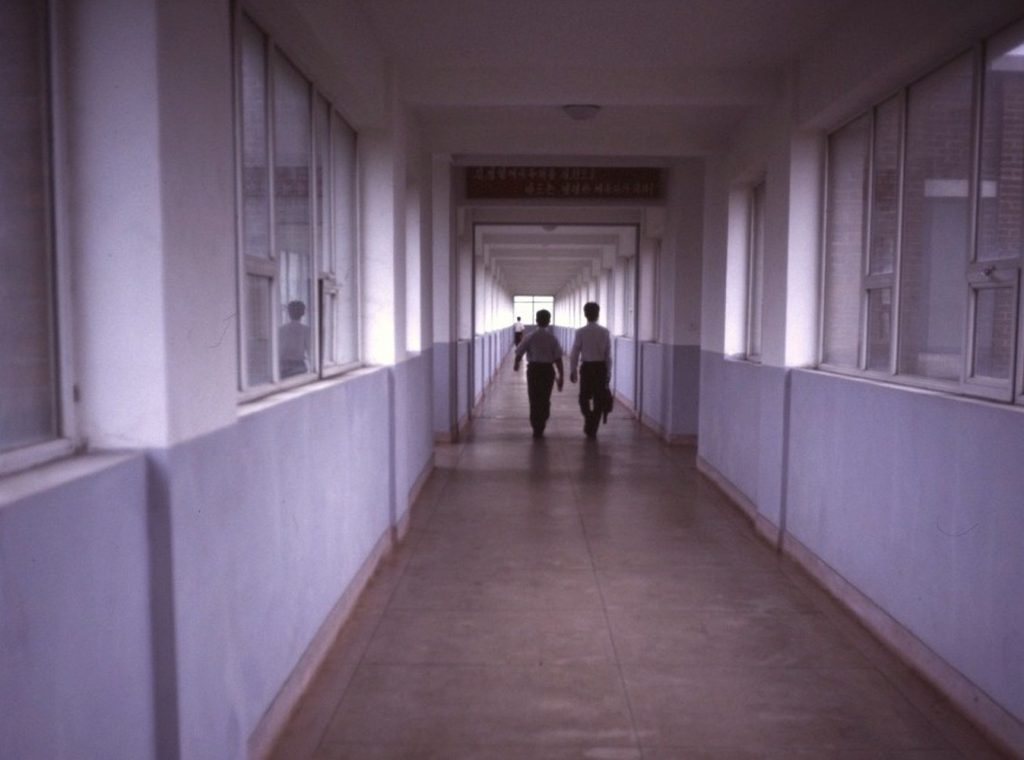
Cologne
It was a summer without smells in that people simply didn’t smell like the things I’m used to. There was no lingering laundry detergent, toothpaste, soap, coffee, perfume or other such fragrances that imbue the body.
It was a summer without such smells until that day.
A rainy afternoon in a damp corridor.
Is he wearing cologne?
The smell explodes in the damp corridor, a radiant silent flash.
He is wearing cologne, and no one wears cologne except the Irish guy.
He is wearing cologne, and it’s saying something, doing something.
To smell something so distinct in a landscape without such smells leaves a cavernous impression, a punctum of aroma, a tactile, palpable experience. My nostalgia is both for the smell of this no smell and for the smell of my student’s cologne in that otherworldly sociality. It is a smell I know and at once don’t know. It’s the smell of accumulated time, a smell that doesn’t evoke a person or a place, but the nostalgic time of a red dream. And in the sensuous passage to this time out of time, there is a socialist banner at the end of a corridor, but no one can make out the words.
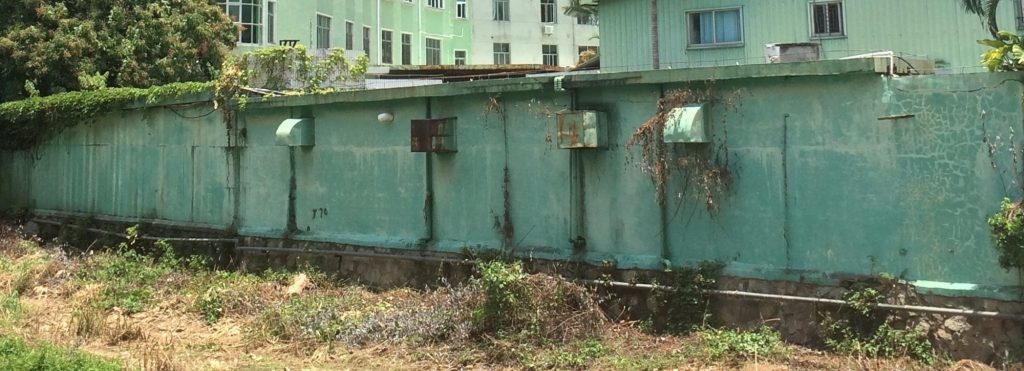
Portrait on concrete in a cafeteria
Down the road in that same village, Niuhu, there’s a space called the art cafeteria, where the word for cafeteria is that from the Mao era, 食堂, describing the free dining spaces from which one could supposedly count on their bowl of rice. I observe the renovation of that space over several years. There is a portrait of Chairman Mao painted on the wall. I am assured that it will remain. The Niuhu artist who takes me to the cafeteria calls this concept of restoration/preservation “做旧如旧” “It’s like restoring an ancient mural,” he says. “After you restore it should still look old.”
When I go back two years later, the cafeteria is finished. Now one of course pays for meals there, either in money, Wechat, or by suffering through a light onslaught of misogyny, comments on one’s weight, jokes at one’s expense and forceful commands to attend village events. I look around for the painted Mao visage on concrete but can’t find it. Mao is absent, the promise of restoration, but also of communism, broken.
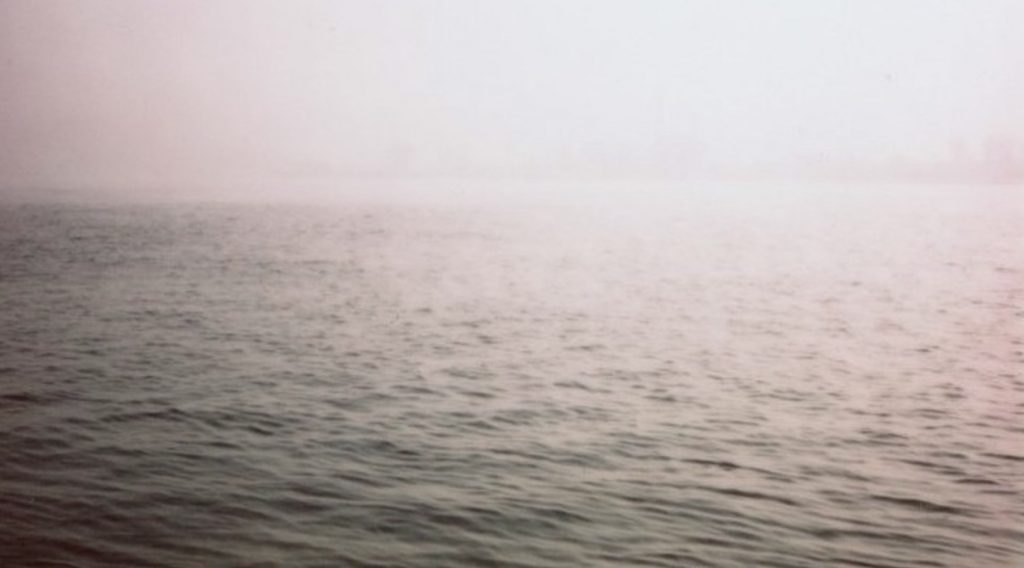
Bottle opener
I stole a bottle opener from the Sosan Hotel in Pyongyang.
I don’t know why I did it.
What is this desire to take, to keep something of the experience, scraps of notebook paper found on the street, water bottle labels, ticket stubs, bottle caps?
My friend pockets a teaspoon, tiny liqueur glasses, chopsticks.
We stay up all night.
I don’t know why, maybe to prolong time, because we know this moment “out of time” will come to an end, and something doesn’t want it to.
I throw the bottle opener into my bag at the last minute as I pack my things against the sunrise.
Months later, I am haunted by this. I write a letter to the north Korean guides and the hotel staff to apologize. I carefully wrap the bottle opener in tissue paper, write the address of the hotel on the envelope, then never mail it.
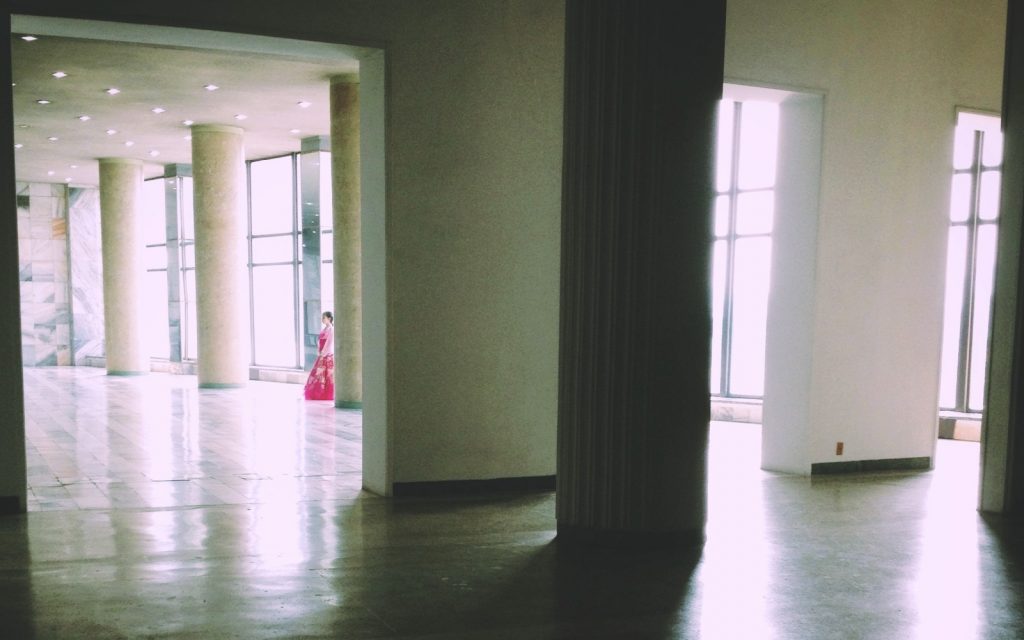
Lisa Min is a postdoctoral fellow at the Research Institute of Korean Studies at Korea University, where she is working on a book project that imagines other modes of encountering the other Korea.
Annie Malcolm, Ph.D., is a writer and anthropologist working within the complex world of “art villages” that emerge at the peripheries of China’s megacities.